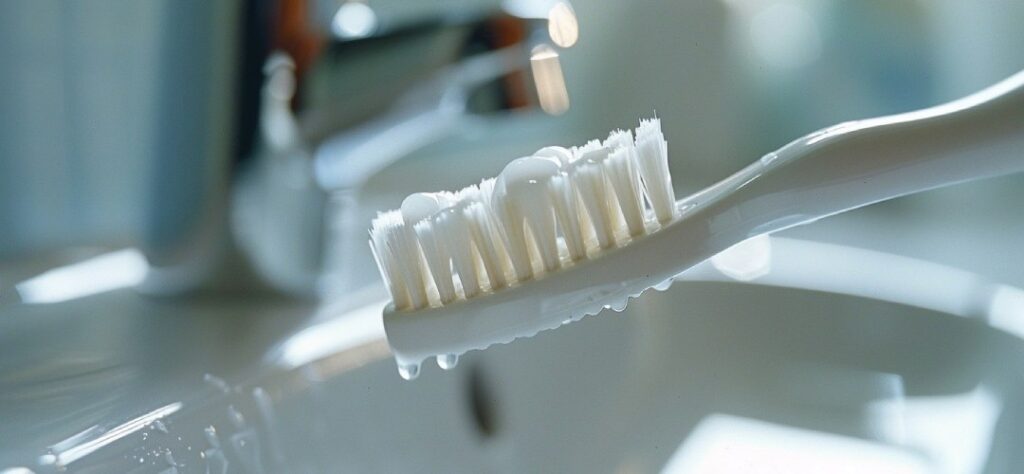A bright, white smile is something many people desire, leading to the popularity of teeth whitening treatments. However, with so much information out there, it’s easy to fall for common misconceptions about teeth whitening. Here are five mistakes you may not know you’re making, and how to avoid them to achieve the best results.
1. Believing All Whitening Products Are the Same
One of the most common misconceptions is that all teeth whitening products are equally effective. This isn’t true. Over-the-counter whitening strips, toothpastes, and professional treatments vary significantly in their active ingredients, strength, and effectiveness. Professional treatments administered by a dentist typically use higher concentrations of whitening agents like hydrogen peroxide or carbamide peroxide, leading to more noticeable results in a shorter time. On the other hand, some over-the-counter products may take longer to show effects and might not be as effective for deep stains.

2. Thinking Whitening Toothpaste Can Replace Professional Treatments
While whitening toothpaste can help maintain the brightness of your teeth by removing surface stains, it’s not a substitute for professional whitening treatments. Whitening toothpaste typically contains mild abrasives that can only polish away surface stains, rather than actually bleaching the enamel. If you’re looking for a significant change in the shade of your teeth, you’ll need to opt for a treatment specifically designed to whiten your teeth, such as a professional whitening session or a dentist-approved home kit.

3. Using Whitening Products Too Frequently
Many people believe that frequent use of whitening products will yield faster and better results. However, overusing these products can lead to tooth sensitivity and damage to the enamel. Whitening agents can be harsh if used excessively, leading to thinning of the enamel and increased sensitivity to hot and cold. It’s important to follow the instructions provided with your whitening product or consult with your dentist to avoid overuse and ensure your teeth stay healthy.

4. Ignoring the Role of Diet and Habits
Some people assume that once they’ve whitened their teeth, they’ll stay bright and white without any further effort. In reality, your diet and habits play a crucial role in maintaining your results. Consuming foods and drinks that stain teeth, such as coffee, red wine, and dark berries, can quickly undo your whitening efforts. Smoking is another major culprit in staining teeth. To keep your teeth white, it’s essential to be mindful of these factors and consider making dietary adjustments or reducing certain habits.

5. Expecting Permanent Results
Teeth whitening is not a permanent solution. Over time, teeth can naturally become discolored again, especially if you continue to consume staining foods and drinks or if your oral hygiene habits aren’t consistent. Regular touch-ups, either through professional treatments or maintenance products, are necessary to keep your smile bright. It’s also important to practice good oral hygiene, including brushing, flossing, and regular dental check-ups, to prolong the effects of whitening.

Understanding the misconceptions surrounding teeth whitening can help you avoid common mistakes and achieve better, longer-lasting results. Remember, not all products are the same, and professional advice can be invaluable in choosing the right method for you. By avoiding these pitfalls and taking care of your teeth post-whitening, you can enjoy a brighter, healthier smile.